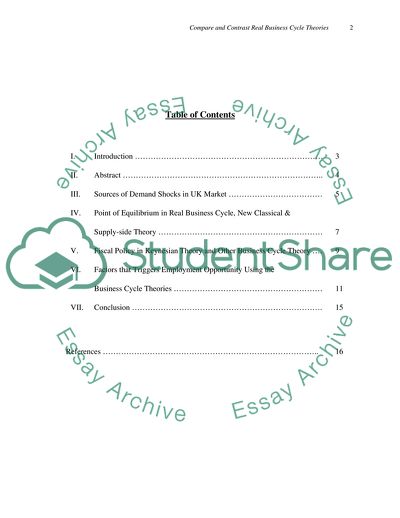Cite this document
(Real Business Cycle Theory vs the Keynesian, Classical, Monetarism, Term Paper, n.d.)
Real Business Cycle Theory vs the Keynesian, Classical, Monetarism, Term Paper. Retrieved from https://studentshare.org/macro-microeconomics/1706812-compare-and-contrast-real-business-cycle-theory-with-theories-of-the-business-cycle-which-assume-that-demand-shocks-cause-the-cycle
Real Business Cycle Theory vs the Keynesian, Classical, Monetarism, Term Paper. Retrieved from https://studentshare.org/macro-microeconomics/1706812-compare-and-contrast-real-business-cycle-theory-with-theories-of-the-business-cycle-which-assume-that-demand-shocks-cause-the-cycle
(Real Business Cycle Theory Vs the Keynesian, Classical, Monetarism, Term Paper)
Real Business Cycle Theory Vs the Keynesian, Classical, Monetarism, Term Paper. https://studentshare.org/macro-microeconomics/1706812-compare-and-contrast-real-business-cycle-theory-with-theories-of-the-business-cycle-which-assume-that-demand-shocks-cause-the-cycle.
Real Business Cycle Theory Vs the Keynesian, Classical, Monetarism, Term Paper. https://studentshare.org/macro-microeconomics/1706812-compare-and-contrast-real-business-cycle-theory-with-theories-of-the-business-cycle-which-assume-that-demand-shocks-cause-the-cycle.
“Real Business Cycle Theory Vs the Keynesian, Classical, Monetarism, Term Paper”, n.d. https://studentshare.org/macro-microeconomics/1706812-compare-and-contrast-real-business-cycle-theory-with-theories-of-the-business-cycle-which-assume-that-demand-shocks-cause-the-cycle.


